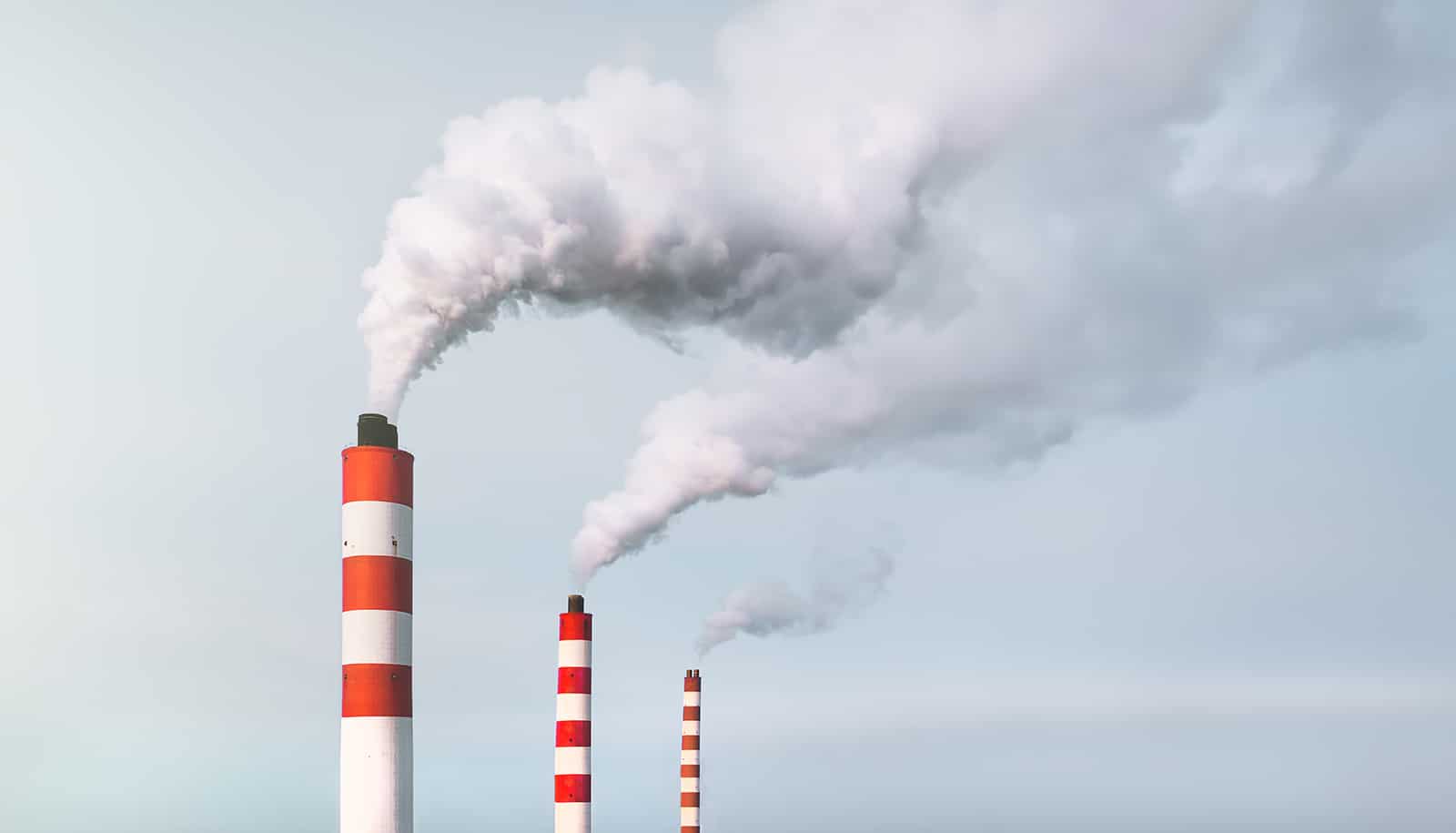Warmer temperatures by the end of the century will reduce corn yields worldwide, according to a new study.
The study also shows dramatic increases in the variability of corn yields from one year to the next and the likelihood of simultaneous low yields across multiple high-producing regions, which could lead to price hikes and global shortages.
Corn, or maize, is the most widely grown crop in the world. Used in food, cooking oil, industrialized foods, livestock feed, and even automobile fuel, the crop is one that both rich and poor people rely upon.
“Previous studies have often focused on just climate and plants, but here we look at climate, food, and international markets,” says lead author Michelle Tigchelaar, a postdoctoral researcher in atmospheric sciences at the University of Washington.
“We find that as the planet warms, it becomes more likely for different countries to simultaneously experience major crop losses, which has big implications for food prices and food security.”
In the wake of a recent study looking at the nutritional value of rice crops under climate change, the new paper, which appears in the Proceedings of the National Academy of Sciences, addresses overall yields and price volatility of corn.
“When people think about climate change and food, they often initially think about drought, but it’s really extreme heat that’s very detrimental for crops.”
While most rice is used domestically, corn is traded on international markets. Four countries—the United States, Brazil, Argentina, and the Ukraine—account for 87 percent of the global corn exports (China mostly produces for domestic use). Today, the probability that all four exporters would have a bad year together, with yields at least 10 percent below normal, is virtually zero.
But results show that under 2 degrees Celsius warming, which is projected if we succeed in curbing greenhouse gas emissions, this risk increases to 7 percent. Under 4 degrees Celsius warming, which the world is on track to reach by the end of the century if current greenhouse gas emissions rates continue, there’s an 86 percent chance that all four maize-exporting countries would simultaneously suffer a bad year.
In other words, it suggests cases like the 2003 heat wave in Western Europe, which devastated crops there, will be more likely to coincide with bad years in other regions.
“Yield variability is important for determining food prices in international markets, which in turn has big implications for food security and the ability of poor consumers to buy food,” Tigchelaar says.
The study used global climate projections with maize growth models to confirm previous research showing that warmer temperatures will negatively affect corn crops.
“When people think about climate change and food, they often initially think about drought,” Tigchelaar says, “but it’s really extreme heat that’s very detrimental for crops.
“Part of that is because plants grown at a higher temperature demand more water, but it’s also that extreme heat itself negatively affects crucial stages in plant development, starting with the flowering stage and ending with the grain-filling stage.”
The results show that warmer temperatures will severely decrease average maize yields in the southeastern US, Eastern Europe, and sub-Saharan Africa, and will increase the variability in the US and other exporting nations.
“Even with optimistic scenarios for reduced emissions of greenhouse gases, results show that the volatility in year-to-year maize production in the US will double by the middle of this century, due to increasing average growing season temperature,” says coauthor David Battisti, a professor of atmospheric sciences.
“The same will be true in the other major maize-exporting countries. Climate change will cause unprecedented volatility in the price of maize, domestically and internationally.”
Computer model can tell farmers what crops to plant
The study did not include precipitation changes, since those are harder to predict, and projections show that changes will be small compared to the natural changes in rainfall from one year to the next. It also assumed that temperature swings will stay the same as today, though some models project temperatures will become more variable under climate change.
“We took a conservative approach and assumed the ‘weather’ will be the same, only acting on top of an overall warmer climate,” Battisti says.
Added gene makes corn produce key nutrient
The findings support efforts to pursue new agricultural technology to ensure food security for a growing global population. The authors write that their results “underscore the urgency of investments in breeding for heat tolerance.”
Other coauthors are from Stanford University and the University of Minnesota. The Tamaki Foundation funded the work.
Source: University of Washington



